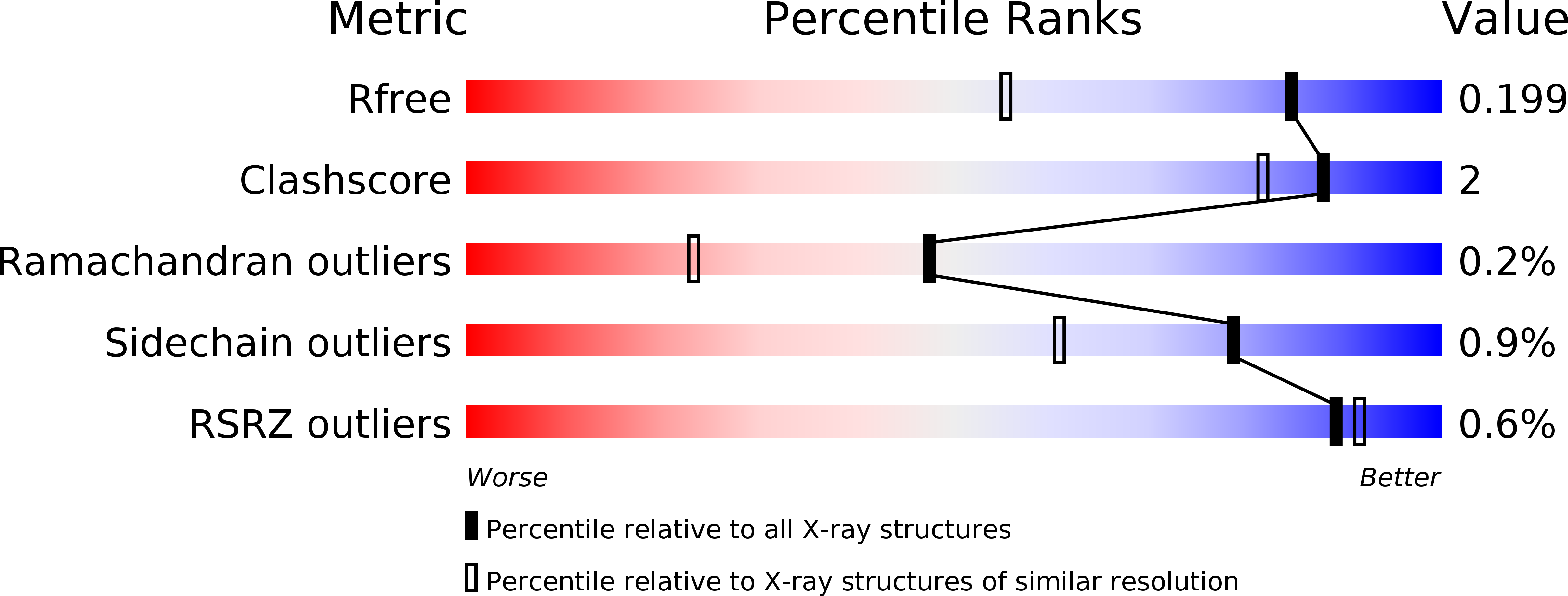
Deposition Date
2015-07-13
Release Date
2015-12-23
Last Version Date
2024-01-10
Entry Detail
Biological Source:
Source Organism:
KLEBSIELLA PNEUMONIAE (Taxon ID: 573)
Host Organism:
Method Details:
Experimental Method:
Resolution:
1.50 Å
R-Value Free:
0.19
R-Value Work:
0.15
R-Value Observed:
0.15
Space Group:
P 1 21 1


